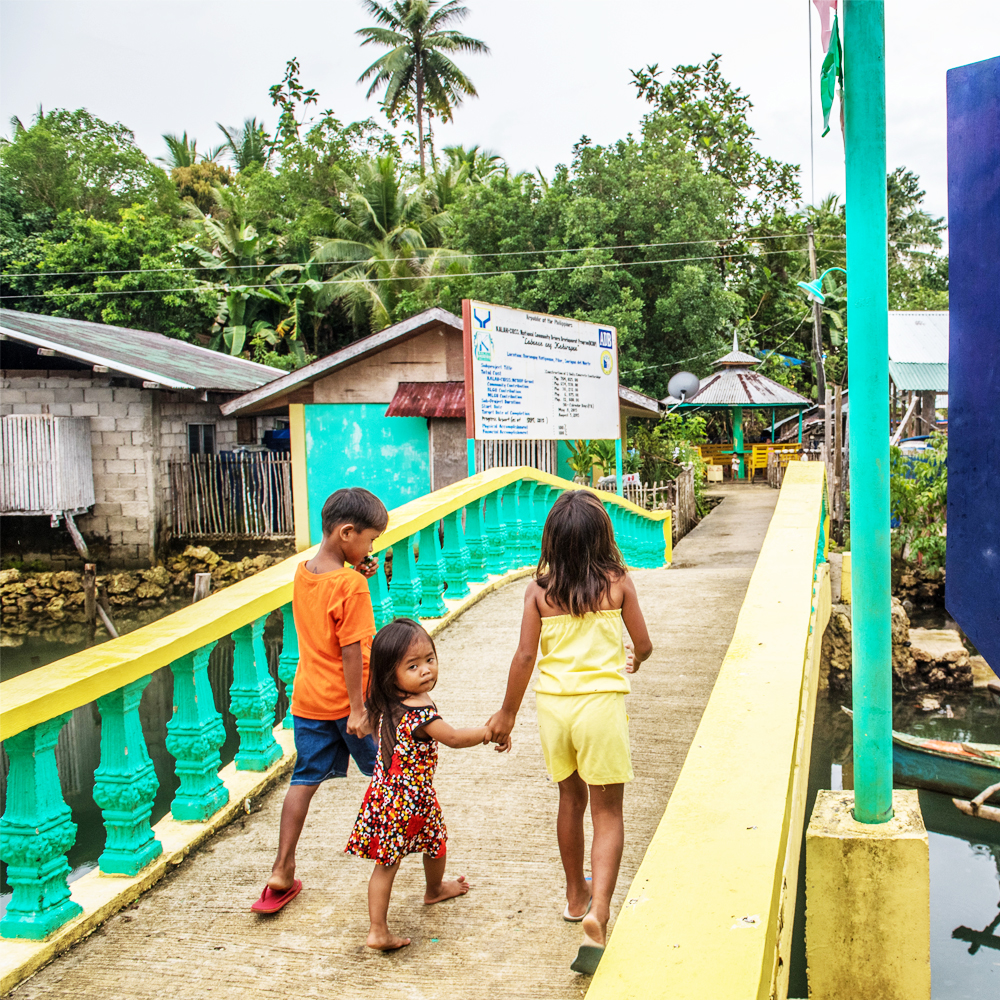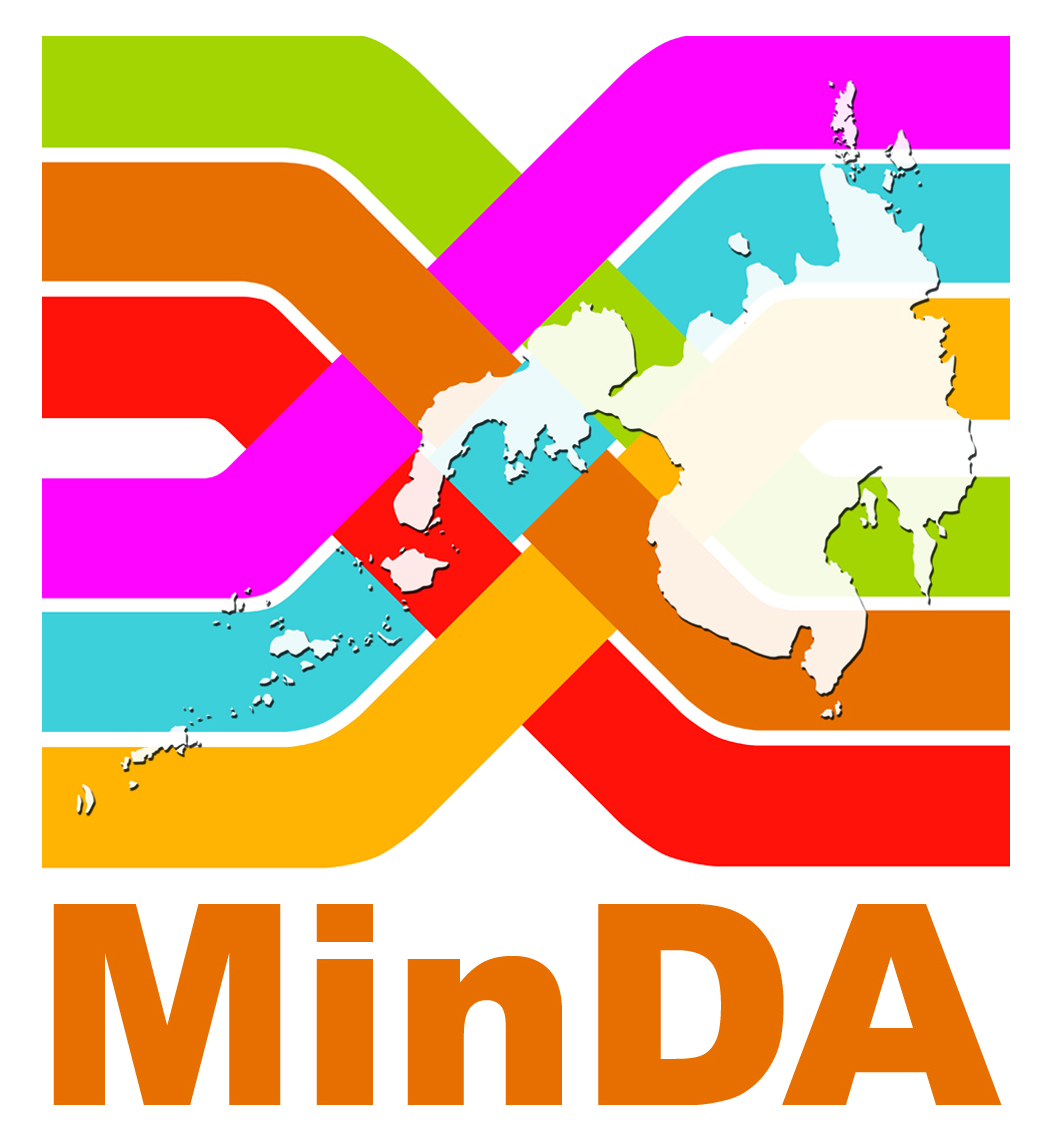Social Protection
Socioeconomic Issue in Spotlight

Despite various poverty reduction programs, many Filipino households remain vulnerable to poverty (Mina and Imai 2016). Social protection is an important tool to improve the Filipino households’ economic and social standing and strengthen their resilience in the face of today’s complex and interconnected risks.
One such program is the Pantawid Pamilyang Pilipino Program (4Ps).Given that 4Ps comes with automatic enrolment into the social health insurance program, Paqueo and Abrigo (2017) found that it has greatly helped in increasing the health insurance coverage in the country, especially among the poor. In another study, Orbeta and Paqueo (2016) noted that 4Ps has also been an effective measure to keep Filipino children in school. This is expected to improve human capital formation in the country.
The government also implements labor market interventions to support the country’s workforce. These include skills development and training programs, such as the scholarships provided by the Technical Education and Skills Development Authority, which can increase the employment prospects of their beneficiaries (Orbeta and Abrigo 2013). The Social Security System has also implemented the AlkanSSSya program to encourage those from the informal sector to save part of their daily income for their social security (Conchada 2016).
Aside from these, social protection in the Philippines also covers social insurance to address the risks associated with disability, work-related injury, old age, and crop disasters (Cabral 2008). Among these interventions are public retirement and pension plans, and agricultural insurance.
While there are successful programs, not all social protection efforts in the country share the same story. This is particularly true in the case of the Agricultural Insurance Program (AIP) managed by the Philippine Crop Insurance Corporation. Virola (2017) found the AIP to be suffering from low penetration rate, with less than 5 percent of rice farmers availing of its services. The PCIC has also failed to extend its coverage to typhoon-prone areas, such as the Bicol Region.
Current social protection programs, particularly the 4Ps and the National Health Insurance Program (NHIP), also tend to suffer from leakage issues. In a study, Cabalfin (2017) saw that the NHIP also benefits the nonpoor sector. Meanwhile, Reyes et al. (2015) discovered that roughly 3 in every 10 beneficiaries of the 4Ps are nonpoor. Both studies recommend strengthening these programs’ targeting system to address leakage issues. They also urged the government to invest in monitoring and evaluation to ensure that these interventions are meeting their objectives.
Recent devastating events, such as the 2013 Super Typhoon Haiyan and the 2017 Sarangani earthquake, reflect the need for more innovative social protection measures in the country. To this end, Dacuycuy and Baje (2017) recommended the adoption of adaptive social protection, a relatively new concept that integrates social protection, climate change adaptation, and disaster risk reduction measures to strengthen poverty reduction efforts.
The Socioeconomic Research Portal for the Philippines (SERP-P) has a collection of studies on social protection, including those by Cuenca (2016) on social protection in the Asia-Pacific Economic Cooperation member-economies, Mendoza et al. (2013) on challenges and opportunities for female youth employment and advancement, and Usui (2011) on searching for effective poverty interventions in the Philippines.
For other related studies, simply type “social protection” in the search box of the SERP-P website.
SERP-P Resources on Social Protection


